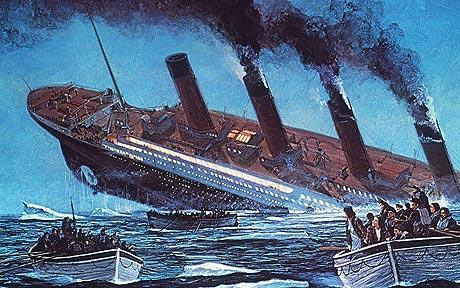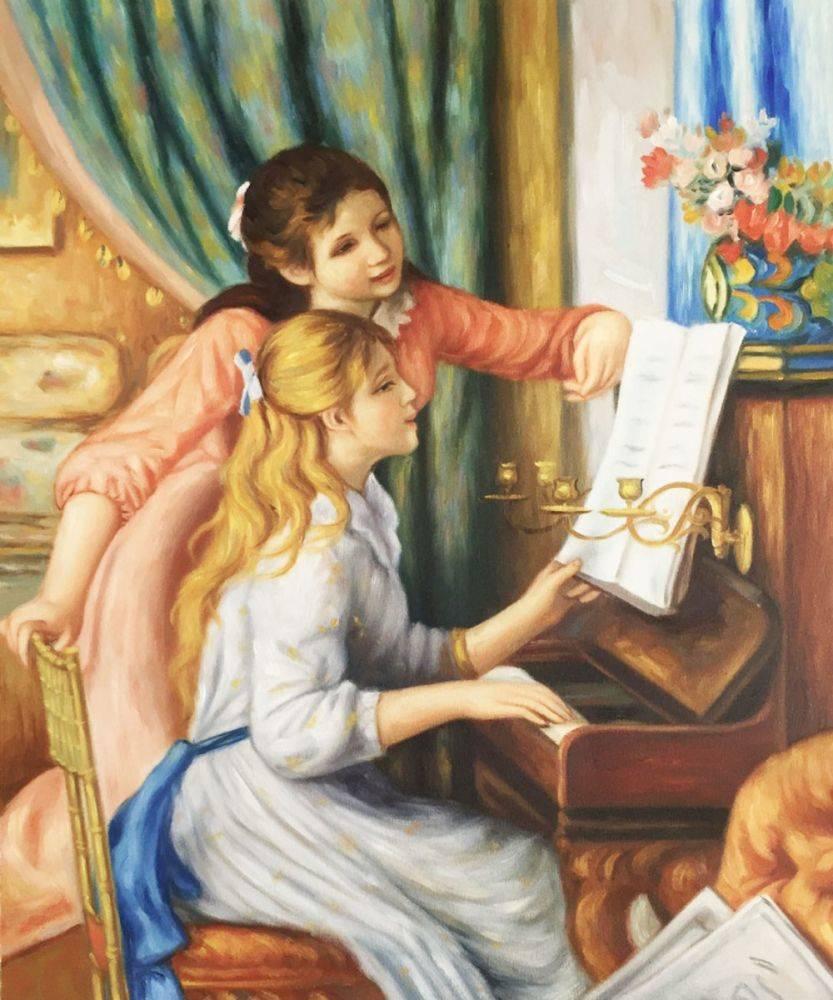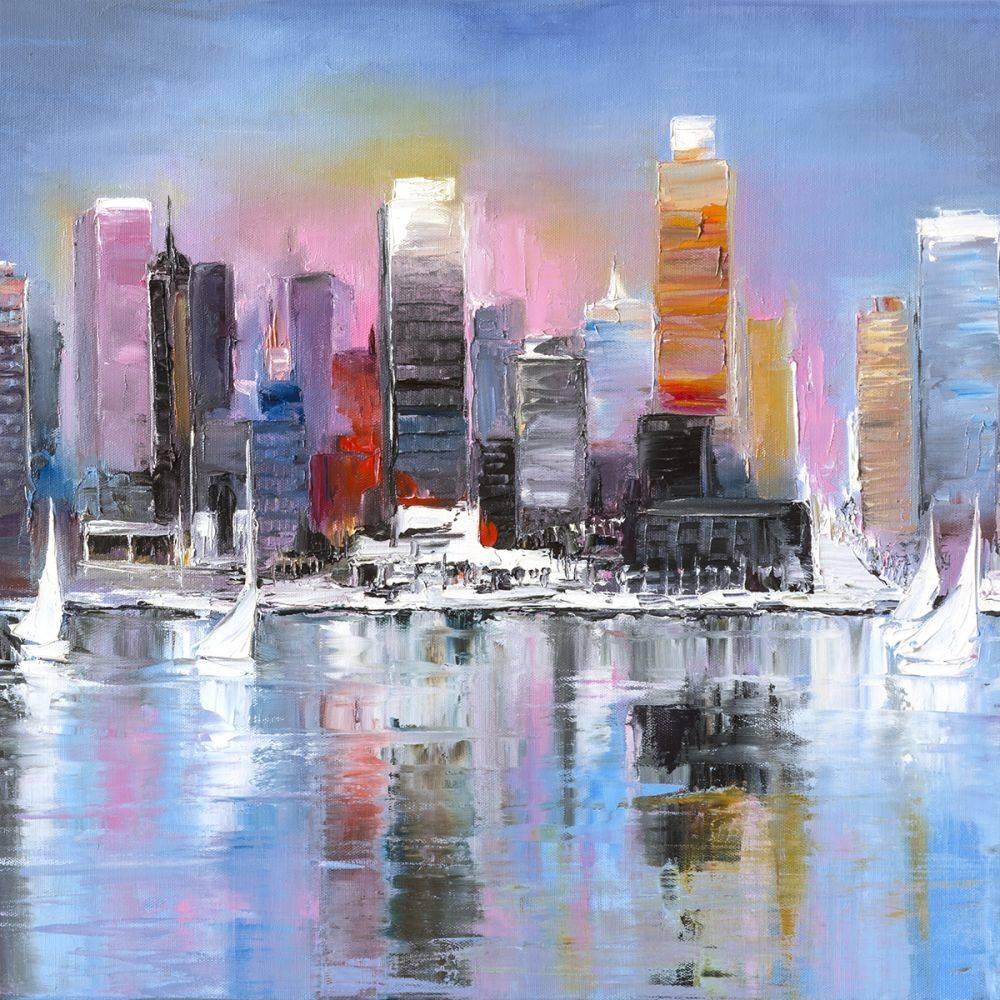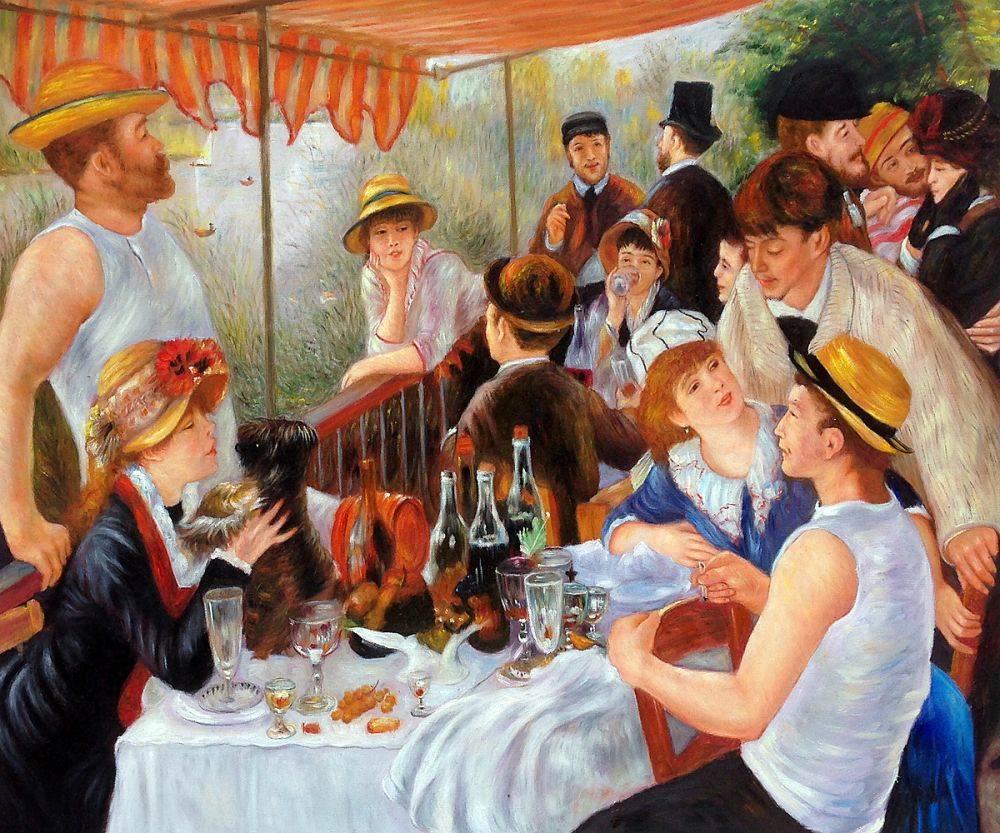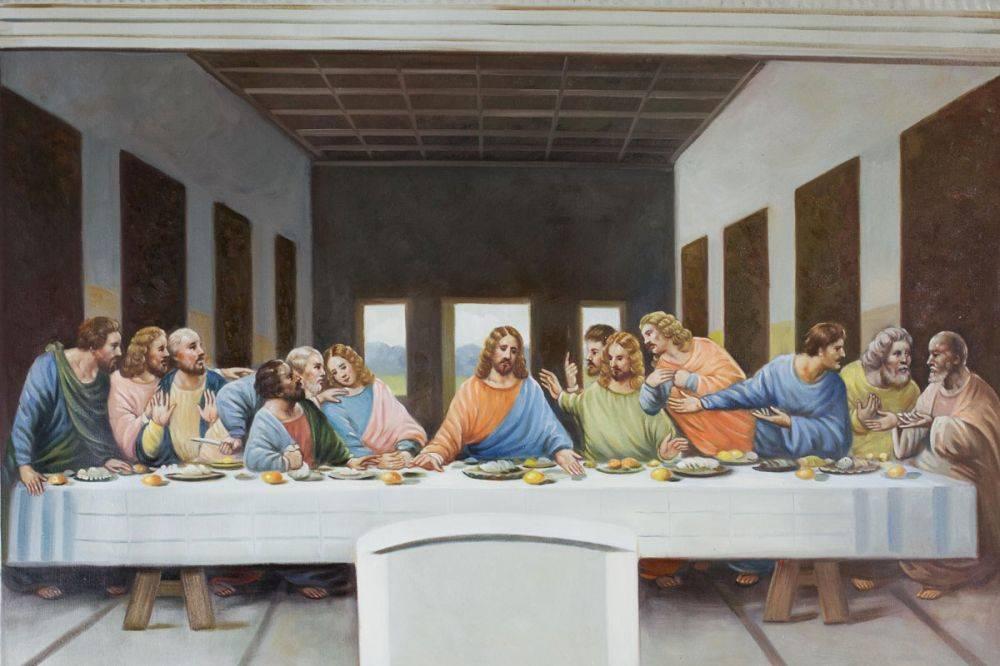Art
William Bradford, The Titanic And The Oscars
For most modern people such concepts as an iceberg, Arctic waters, and sunken ships immediately bring to mind the tragedy of the Titanic, so well documented and romanticized in art. The famous film Titanic with Leonardo Di Caprio and Kate Winslet has made the event of the Titanic’s demise a huge part of popular culture. Meanwhile, a lot of smaller films and TV serials cannot resist making it part of their plot.
In the still popular TV series Upstairs Downstairs, the lady of the house perishes on the sinking ship on her way to New York. Lately, the mysterious Patrick, lost heir of Downton Abbey, met the same death just to reappear later, burnt to total disfigurement (or was he an impostor?). The mythology of the Titanic and the number of its passengers seem to have been growing steadily since 1912.
In fact, a huge interest in Arctic imagery and mythology appeared long before 1912 and is well reflected in the art of William Bradford, an American marine artist of the middle of the 19th century.
His Arctic Scene Oil Painting created in 1881 is one of the documents of his own explorations of the North. The almost monochromatic warm color of his landscapes and the sharp outlines of natural features and contours of ships reflect his interest in photography. He was a skillful and creative photographer and documented his numerous travels in both oil paintings and photo prints. Not many of us realize that the technology and art of photography were already very well developed by the middle of the 19th century and the glass negatives of that time are still printable and produce prints of incredible quality and rich nuances.
The high technological and expressive level achieved in photography inspired the development of black and white silent film by the end of the century. One of the most Oscar-nominated films of this year, Hugo directed by Martin Scorsese, is dedicated to the birth of the cinema and one of its fathers, George Melies.
Bradford’s paintings of ships and icebergs with their repetitious imagery lined up together could form the frames of a romantic travel film to unknown lands. After the expedition of the popular Arctic explorer Sir John Franklin disappeared in 1845 Bradford wrote about how much he was “seized with a desire” to “study Nature under the terrible aspects of the Frigid Zone”. He arranged a few trips to Labrador and along the coasts of Nova Scotia and later to Greenland, inspired by the longing to see 200 icebergs at a time and study Inuit life. For the last trip, he chartered the Scottish steamer “Panther” and hired two more photographers.
In the 1870s he traveled to London where he published his photographs in a volume called The Arctic Regions in 1873 and was commissioned a few paintings by members of the aristocracy including queen Victoria and Lord Tennyson.
Later in his studio in New York, he created a number of large compositions using his photographs as preliminary sketches. Unfortunately, he never made a film. He could have, as he died in 1892 when the art of cinema was already beginning to captivate people’s minds.
